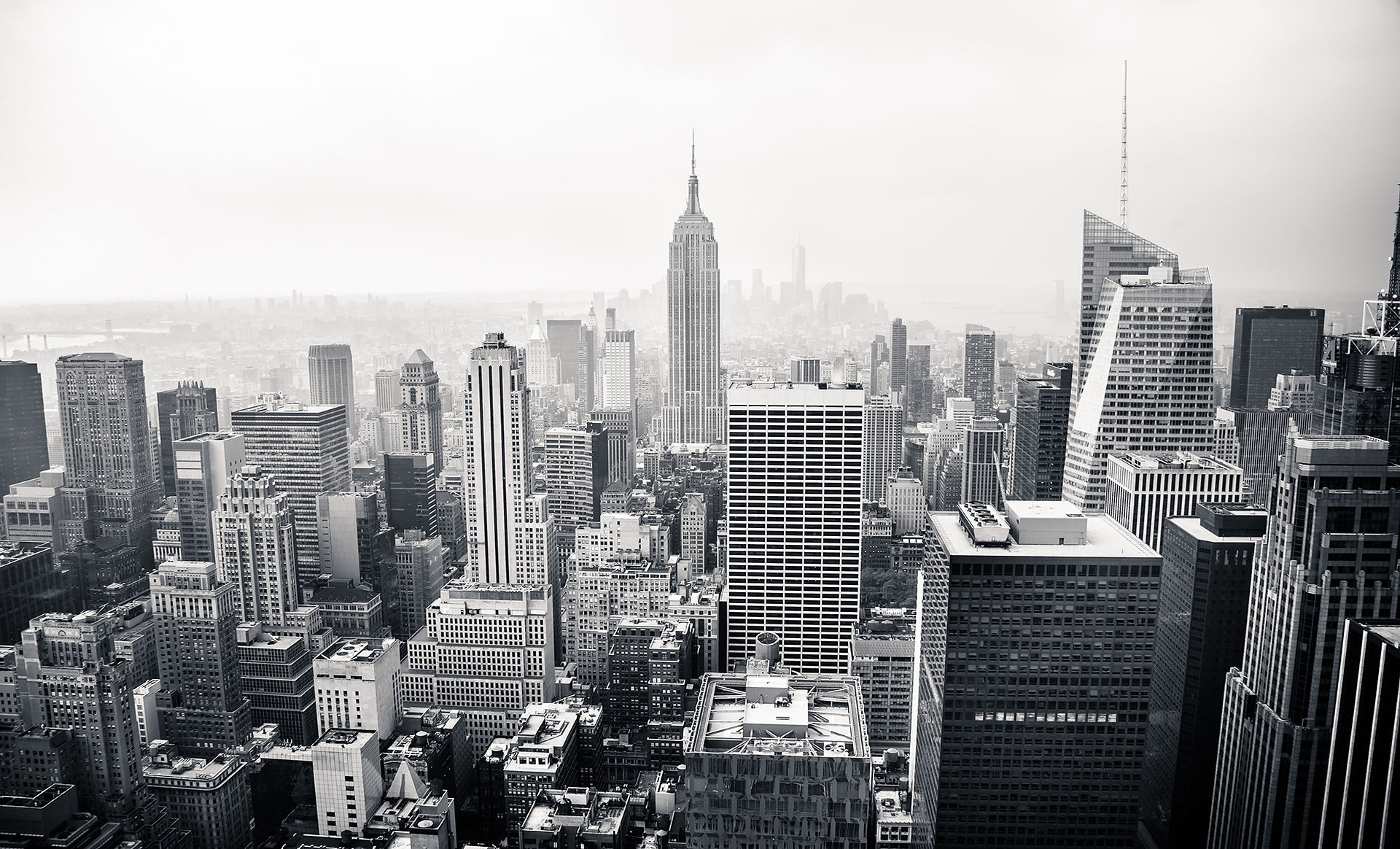
Rachel Holle
Seated Buddha
Minneapolis Institute of Art
Gallery G213
How is this piece constructed?
Sculpted from bronze, it was carefully carved and molded to create the depiction of Buddha. To get each fold and crease, the artist worked carefully to make it as accurate as possible. The facial expression is specific to the Mandalay style of the 18th century.
How does this piece compare to human scale?
When observing this sculpture, it sits about two feet tall. With exact measurements being 28 x 21x 14 ½ inches, it is about how tall a real person would be when sitting.
Is this piece site specific?
Being made out of bronze, the sculpture is quite heavy. This being said, it is possible to be moved. Since it is a moveable piece, it’s possible to be shown in a variety of locations.
Is the form based on planes, lines, and/or mass?
Our body’s natural tendency to fill in the applied lines helps form the piece. A vertical line is seen from the statue’s arm and a horizontal line from the crossed legs. Since it’s a sculpture made of bronze, it is based on mass.
Emphasis
This technique used to draw attention to a specific point, usually the focal point. Contrasting colors, shapes, or materials helps with this. In this sculpture, the emphasis is centered in the face due to the highlighted parts surrounding the eyes and mouth.
What kind of texture does the piece have? (Physical, visual, actual)
Since it is made out of all the same material, texture is shown through folds and creases in the bronze. The hair/head piece is small, fine texture with much detail. The skin if the body is smoothed out where as the clothing/ dress of the figure has many folds and ripples to make it seem more realistic and pass as an actual garment.
Symmetrical Balance
With symmetry in the face, this piece experiences symmetrical balance. The rest of the body however, is not as balanced. The right side feeling heavier, with the one shoulder covering of the clothing and foot presently resting on top of the leg. On the left is the exposed arm draping down over the legs and just reaching the floor.
Negative Space
Very little negative space is present in the sculpture of the Seated Buddha. Where there is negative space, it is noticed quickly since the piece is mostly a solid mass. Negative space is seen in between the droopy ears and shoulders, and between the left arm (when looking straight on) and the torso of the body.
Relief
Having learned about relief sculptures in art history, there are clearly parts of this sculpture that fit the criteria to be considered relief. Between the folds and sections of the face, it is carved away to create a certain look.
Representational Artwork
Meaning depicting something easily recognized by most people. This would be considered representational due to the fact it clearly resembles Buddha.

In my 3-D Design class we had to do a couple of these art critiques. It helped us analyze and get into the definitional side of artwork. It helped in understanding the making of the piece as well as resoning for certain details included.